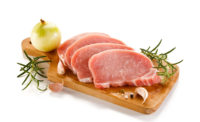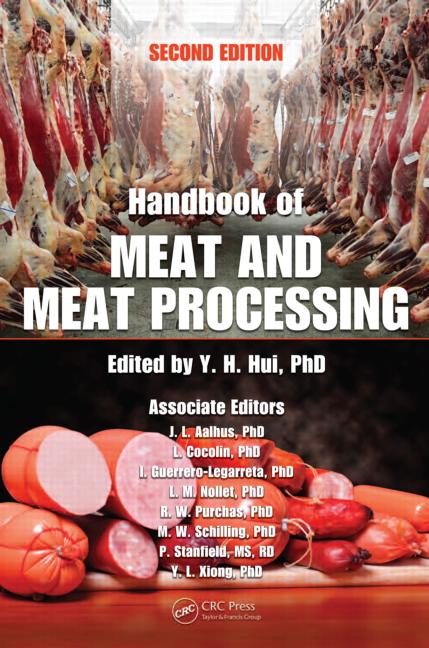Skinning and derinding update
Properly treating skin issues during pork processing is crucial for preserving product integrity.

Efficiently removing hair and softening skin on carcasses during pork production, while also maintaining product quality, is a process that is ripe for miscues. With a host of procedures that can go awry during processing — resulting in potentially powerful financial wallops — it is essential that plant operators have multiple barriers in place to limit mishaps, analysts say.
“No single step that is taken to safeguard pork operations is perfect,” says Bryon Wiegand, professor of meat science in the division of animal sciences at the University of Missouri in Columbia. “Processors need to maintain a system approach that they continuously monitor to enhance product quality and sanitary conditions. And the greatest piece that plant owners or managers can look at is making sure that adequate employee training programs are in place.”
During typical pork dehairing procedures, processors put carcasses in a scalding tank. Small operators often have a tank that holds and tumbles a single carcass, while large plants typically leverage a continuous conveyor system in which carcasses attached to a chain move through a scalding vat for several minutes. The procedure is intended to loosen skin and cause hair to fall out. Hair that remains usually is singed off with a flame. While most pork processors leave the skin on hogs during production, sausage producers usually remove the hide during the deboning process.
Feeling the heat
Without proper operational oversight, however, mistakes that can affect the value of pork are likely to occur. Missteps can include using water tanks with temperatures significantly higher than optimal, which is typically about 142 degrees Fahrenheit. Excessive heat can cause tearing of the skin and a change in color, affecting its condition and the prospect for future use.
“Pigs have to be scaled in water that is the right temperature and for the right amount of time in order to have the best quality,” says Joseph Cordray, extension meat specialist at Iowa State University in Ames. “When the time in scaled water is too short, the hair is not properly removed. If the carcass is in too long, or the water is too hot, the skin is cooked and can be knocked off. That can have monetary consequences and also slow the speed of the production line.”
To guard against other possible incidents, including cross contamination and unintended cuts to carcasses that can degrade product quality, workers also need instructions on handling pork skins along with proper knife sanitizing and cutting techniques. In addition, it is essential that plant operators warn workers about the prospect of releasing pathogens if they accidently slice the gastrointestinal tract of the hog with a knife or saw blade, Wiegand says.
“Plant operators need to make sure extensive worker training programs are in place at their facilities,” he adds. “They can’t assume that everyone will know the proper operating procedures.”
Future plant scalding, hair removal and derinding operations, meanwhile, likely will feature the greater use of robotics and less manual labor, says Keith Belk, a professor in the department of animal sciences at Colorado State University in Fort Collins. Improvements to robotic technology will enable plants to improve product consistency and yields, he says.
“Robotics are currently in the rudimentary stage in pork plants and their use is often to just move products from one line to another or to place items in boxes,” Belk says. “But the technology is getting better and in time operators will be using designs for specific purposes, such as removing skin from hogs.” NP
Looking for a reprint of this article?
From high-res PDFs to custom plaques, order your copy today!








